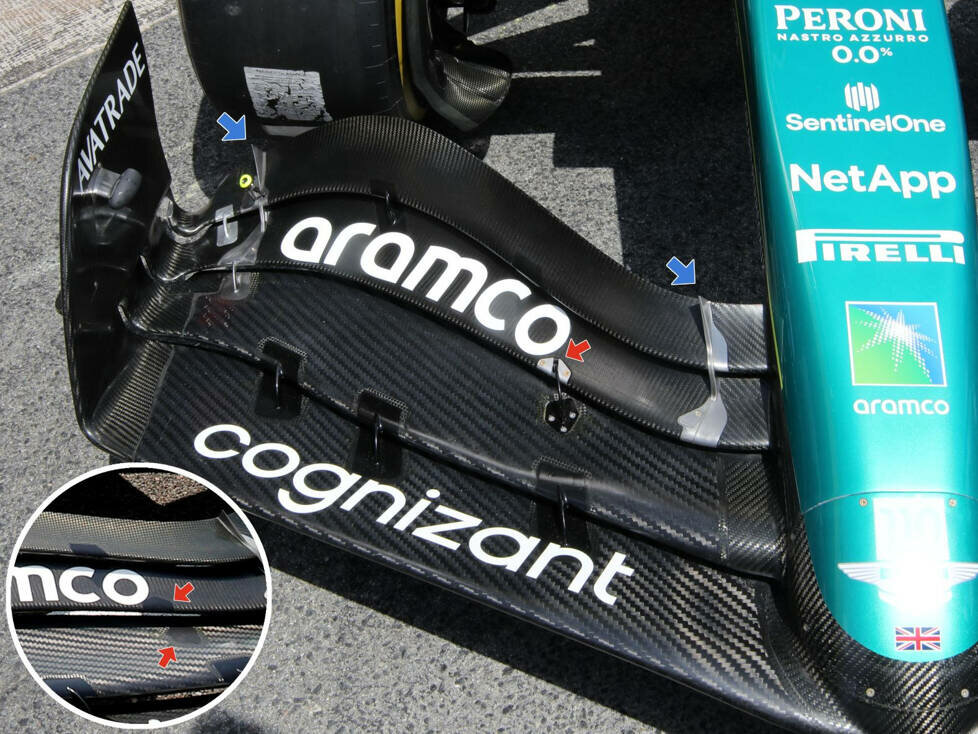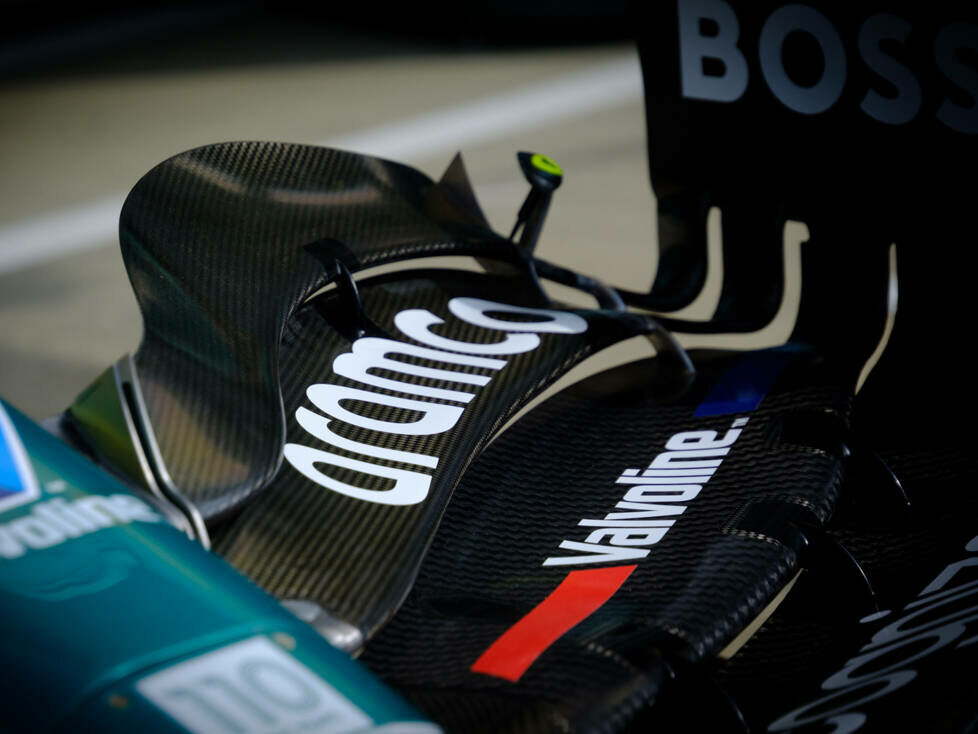Aston Martin’s loss of form in recent races has been striking: speculation suggests it’s to do with a flexi wing
Aston Martin has been one of the big talking points this year, both for its brilliant start to the Formula One season and its recent setback. Fernando Alonso caused an upset in the opening races as he proved a surprise challenger to Red Bull, and the team even came close to victory at the Monaco Grand Prix.
However, after an impressive six podiums in the first eight races, including second places in Monaco and Canada, things got a little tougher. Alonso’s best result since the Austrian Grand Prix was a fifth-place finish, with McLaren, Mercedes and Ferrari taking the podium spots behind Red Bull instead.
Alonso himself suggested that this might be related to the change in tyre construction that Pirelli introduced from Silverstone.
However, Aston Martin management dismissed this theory, suggesting instead a link to an upgrade package introduced at the Canadian Grand Prix, which brought with it some characteristic changes that the team did not immediately understand.
These “side effects”, as team principal Mike Krack recently called them, were not noticeable in Montreal due to the low downforce and drag at Circuit Gilles Villeneuve, but became more apparent in subsequent races when more downforce was required.
Performance director Tom McCullough explains, “You always try to increase the basic performance, but you can rarely increase it without changing the characteristics. So there is always something to try and understand.”
A more encouraging performance in Belgium, when Alonso finished fifth, gave the team the feeling that they had turned the corner in understanding the car and could now look forward to a better second half of the season. “The data we have seen so far looks positive,” says Krack. “We seem to be more competitive than last time. “
Is there a flexi wing behind this?
But rivals in the paddock have suggested that there is another, more intriguing answer to the question of why Aston Martin’s form has changed – and it has to do with a small FIA ruling on the flexi-wing.
It means that the motorsport authority is paying extra close attention to front wing design this year to ensure that teams don’t use tricks to take advantage of flexi components.
The FIA and teams have long been aware that if a team can design a front wing that is stable enough when stationary to pass pull-down tests in the garage, but that can flex downwards in a controlled manner at speed on the track, then it can unlock a lot of power.
This has been a constant point of contention between the teams and the FIA, and it is unlikely that this problem will ever go away as it is impossible to manufacture wings that are 100 per cent stiff.

It is said that the FIA tightened up its analysis of the various designs earlier this season, expressing concern about the construction of some front wings which it suspected could bend more than it thought necessary.
This was because, although the wings passed the pull-down tests to check flexibility and there was never any evidence that the teams were using illegal vehicles, any design that would have allowed the wings to flex at high speed could have been considered a breach of Article 3.2.2 of the Technical Regulations.
This rule states: “Any aerodynamic component or bodywork part that affects the aerodynamic performance of the vehicle must be rigidly fixed and immovable with respect to its frame of reference as defined in Article 3.3. In addition, these parts must form a uniform, solid, hard, continuous and impermeable surface in all circumstances”.
A flexible front wing would bring significant benefits to teams as it could be driven with more downforce in the corners, while flexing downwards on the straights to reduce drag.
Onboard footage of Fernando Alonso’s car in the early races clearly showed that Aston Martin could run with very high wing angles and that the wing bent noticeably at top speed on the straights.
It is believed that the FIA became active around the time of the Azerbaijan Grand Prix, informing some teams informally that they wanted changes to avoid potential problems in subsequent races.
However, it is unclear exactly when these changes will be made, as teams are often given some leeway to make design changes in such circumstances.
What is clear, however, is that the performance characteristics of the Aston Martin appeared to change at the time of the Spain race, with low and medium speed performance in particular decreasing.
The team has neither confirmed nor denied that it was one of the teams that had to make changes to the front wing, but sources familiar with the situation have suggested that Aston Martin was precisely one of the teams that had to make a change.
Front wing concept change
The exact changes Aston Martin had to make are not known, but a closer look at the front wing suggests a different direction at the time of the FIA requirements.
As can be seen in the picture, the current generation wing creates two vortex structures generated by the metallic struts on the flaps (blue arrows).
The inner of these structures creates a similar vortex, but probably nowhere near as strong as the Y250 of the previous wing generation.
Some teams used a third bracket with a swivel, which was seen on Aston Martin’s front wing in Bahrain and Australia (red arrow) and fitted and removed from the car in Saudi Arabia.
However, it disappeared in Baku and Miami, returned for Monaco and has not been used since.
The location where this component used to be fitted is clearly visible on the front wing currently in use (see inset).
This third bracket itself is not illegal, as Alpine, Ferrari, Red Bull and McLaren all used their own variants.
Its absence on the Aston Martin could be a coincidence, but it is also possible that Aston Martin used it to aid the behaviour of the front wing both when loaded and unloaded.
It is also interesting to note the angle of this pivot, which is tilted outwards and may have helped to control the direction at high speeds.
The removal of this pivot (whether forced or deliberately chosen) would certainly have altered the flow characteristics of the front wing – and may well have had some of the side effects the team spoke of.
Whatever the real decisions were in the development of the front wing – and only Aston Martin itself knows – it is clear that the team is wasting no time in dwelling on it, because the focus is on finishing the year as strongly as it started.
“We’ve set ourselves a strong progression for the whole year,” says McCullough. “We have the budget to keep developing the car and that’s our goal. So we’re going to make as many steps as we can between now and the end of the championship. “





